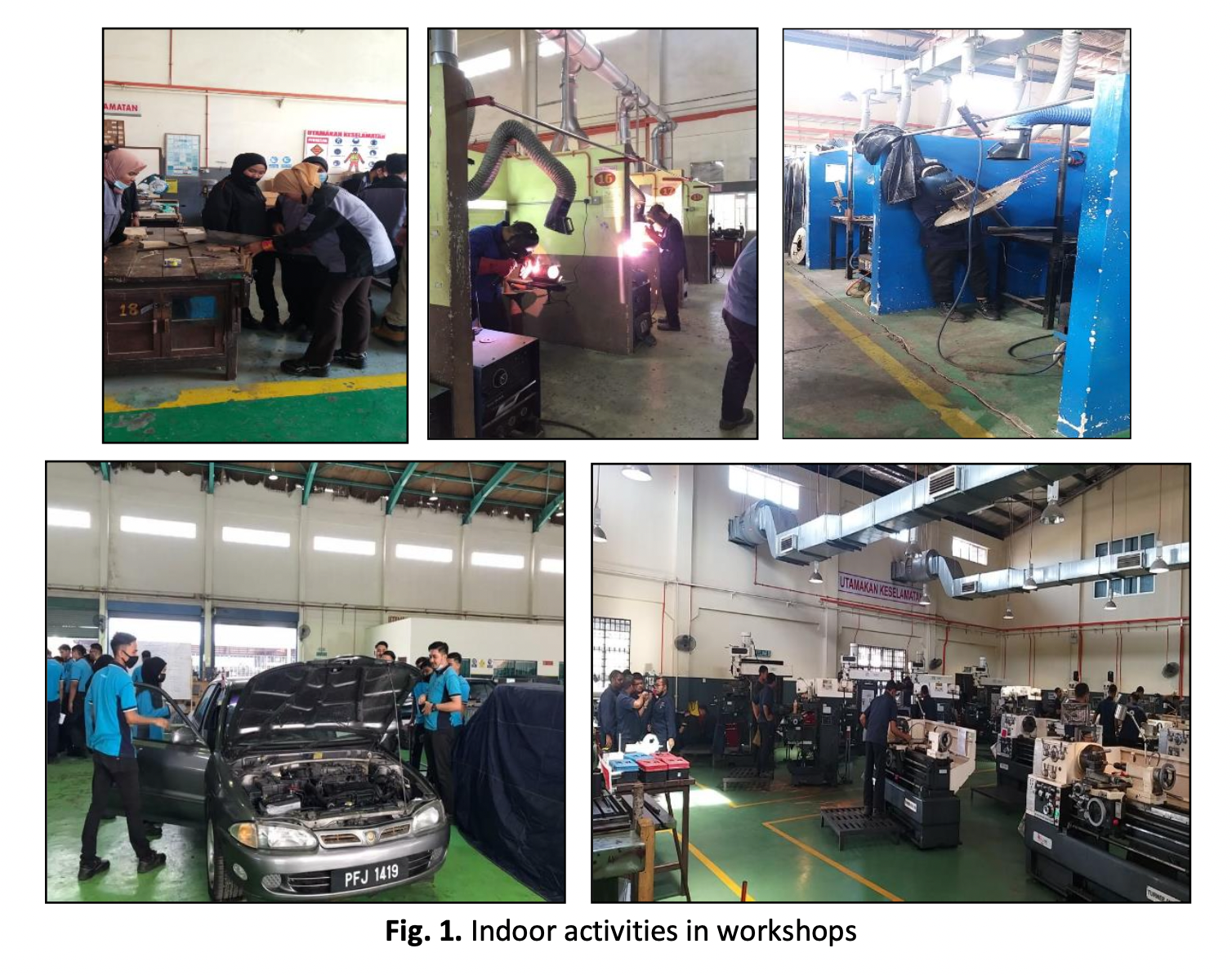Analysis of Thermal Comfort among Workshop Users: At TVET Technical Institution
DOI:
https://doi.org/10.37934/arfmts.114.2.205213Keywords:
Thermal comfort, workshop, TVET educational, technical institutionAbstract
Thermal comfort is a part of indoor environmental quality that should be considered to ensure the occupants' well-being. Unconducive buildings not only bring occupants discomfort but also tend to affect health, disrupt the process of teaching and learning, and reduce work productivity. Thus, this study determines the thermal condition of existing workshop buildings used in Technical and Vocational Education and Training (TVET) implementation. ASHRAE Standard 55 (2017) is referred to in the determination of thermal comfort involving objective measurements and subjective measurements. Observation methods of environmental variables such as air temperature, radiant temperature, air velocity, relative humidity is observed. Evaluations of comfort are based on occupant surveys and environmental measurements. A total of 257 people completed a questionnaire distributed at three technical institutions in Kedah, Malaysia. According to the findings, the average thermal sensation vote is 1.85, which leads to 66.5% of respondents feeling discomfort. Meanwhile, the adaptive model analysis showed that the workshop environmental conditions were out of the comfort zone and did not comply with the ASHRAE 55 standard. Hence, the thermal discomfort factors from the occupants' perspective were identified and widely discussed. As a result, the research findings will benefit parties involved in new building construction or existing building renovations to improve indoor air quality.
Downloads

































